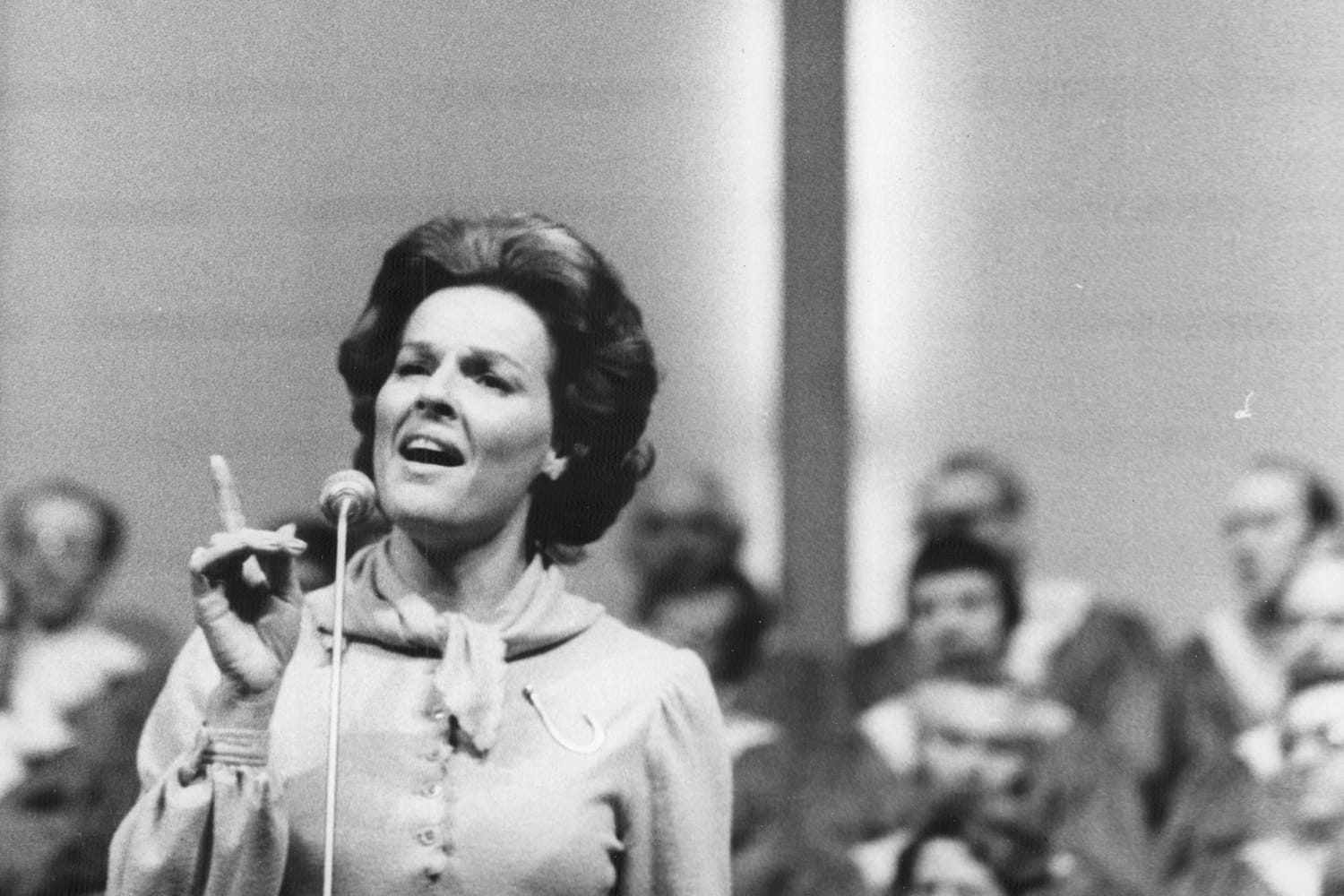This article delves into the intriguing search term “Anita Bryant Gillespie Place Jackson MS,” exploring potential connections and separating fact from fiction.
A Place That Doesn’t Seem to Exist
The search for “Anita Bryant Gillespie Place Jackson, MS” presents a curious puzzle. Despite extensive searching through maps, online directories, and other resources, no location bearing that exact name appears in Jackson, Mississippi.
While two individuals named Anita Bryant are listed as residents of Mississippi, no apparent connections to a “Gillespie Place” exist for either of them. Adding another layer to the mystery is Bryant Gillespie, a marketing professional working on Gillespie Street in Jackson. However, this might be mere coincidence.
The lack of concrete evidence suggests that “Anita Bryant Gillespie Place” may be a case of mistaken identity, a product of imagination, or even a typo that gained traction online. This exploration underscores the ease with which misinformation can spread and emphasizes the importance of verifying information found in the digital world.
Where Did Anita Bryant Live?
Anita Bryant’s life unfolded across several locations, each shaping her journey from aspiring singer to controversial figure:
- Barnsdall, Oklahoma: Bryant’s birthplace and childhood home, where her passion for music first emerged.
- Tulsa, Oklahoma: Bryant attended high school and participated in beauty pageants in Tulsa, hinting at her future in the spotlight.
- Fort Lauderdale, Florida: Bryant’s breakthrough as a spokesperson for the Florida Citrus Commission brought her national recognition and fame.
- Miami, Florida: Bryant’s career peaked in Miami, but it was also here that she launched the controversial “Save Our Children” campaign, which targeted local laws prohibiting discrimination based on sexual orientation. This activism ignited intense backlash, damaging her public image and leading to a decline in her career.
- Oklahoma City, Oklahoma: Seeking respite from the storm of controversy, Bryant returned to Oklahoma, focusing on her ministry and stepping back from the public eye.
Each location represents a distinct chapter in Bryant’s life, reflecting her evolving career, personal beliefs, and the controversies that came to define her public image.
What is Anita Bryant Famous For?
Anita Bryant’s fame stems from a multifaceted career that includes both musical accomplishments and controversial social activism:
- Music: Bryant achieved success as a pop singer in the 1950s and 1960s, with hits like “Till There Was You” and “Paper Roses.”
- Activism: Bryant spearheaded the “Save Our Children” campaign in 1977, advocating against a Miami-Dade County ordinance that prohibited discrimination based on sexual orientation. The campaign’s success sparked nationwide controversy and significantly impacted the fight for LGBTQ+ rights.
- Florida Orange Juice: Bryant is widely recognized for her role as the spokesperson for the Florida Citrus Commission, promoting Florida orange juice with the memorable slogan, “Florida Sunshine Vitamin C.”
While Bryant enjoyed success in music and advertising, her stance against LGBTQ+ rights remains the most defining aspect of her legacy, for better or worse. Her story illustrates the complex interplay of talent, personal beliefs, and their lasting impact on public perception.
Anita Bryant: Miss Oklahoma & Beyond
Before becoming a household name, Anita Bryant’s journey to fame began with a crown. In 1958, at just 18 years old, she captivated the nation as Miss Oklahoma. This victory propelled her onto the national stage and laid the groundwork for a multi-faceted career marked by both musical achievements and controversial social activism.
Born in 1940 in Barnsdall, Oklahoma, Bryant’s passion for singing emerged at a young age. She honed her talents in local churches and on radio, foreshadowing her future in the spotlight. Following her Miss Oklahoma win, she became a successful singer, releasing albums and charming audiences with hits like “Paper Roses.”
However, Bryant’s legacy extends beyond her musical accomplishments. Her time as a spokesperson for the Florida Citrus Commission further solidified her public image. Yet, it was her involvement in the 1977 “Save Our Children” campaign that sparked national controversy and irrevocably intertwined her name with the fight for LGBTQ+ rights.
Bryant’s story offers a glimpse into a turbulent period of social change. Her Miss Oklahoma victory, a symbol of ambition and achievement, preceded a career marked by both celebration and condemnation. Examining her life necessitates a nuanced understanding of the social and political climate of the time, acknowledging the evolving understanding of LGBTQ+ issues and the complexities of cancel culture.
While Bryant’s legacy continues to be a subject of debate, her impact on American culture remains undeniable.
For further exploration:
- Charlie Brown Thanksgiving Cranberry Sauce is a must-have for any Thanksgiving feast.
- For a thrilling adventure, check out the Latunza Heist.
- Explore the life and work of John Deinardt in Minnesota.
- Unlocking Francis Alexander Shields’ Finance Empire: A Comprehensive Biography - July 12, 2025
- Unveiling Francis Alexander Shields: A Business Legacy - July 12, 2025
- Francis Alexander Shields’ Business Career: A Comprehensive Overview - July 12, 2025















